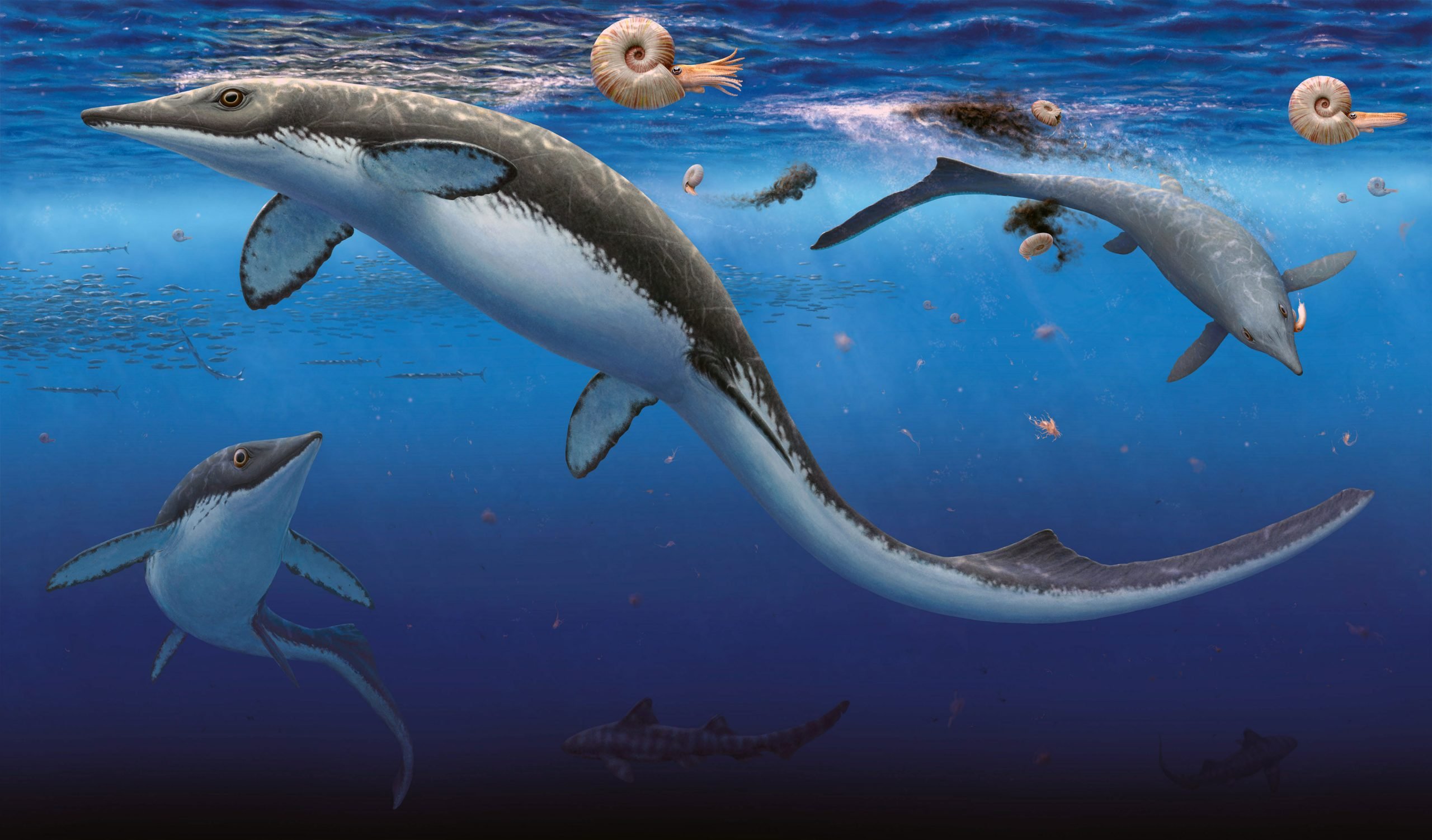249-Million-Year-Old Fossils Rewrite Evolution History
Scientists have made a jaw-dropping discovery that could change what we thought we knew about the dawn of marine life after Earth’s greatest extinction event. Researchers recently unearthed over 30,000 fossil fragments—including teeth and bones—from a 249-million-year-old marine ecosystem on the remote Arctic island of Spitsbergen. These fossils suggest that marine ecosystems bounced back much faster than previously believed after the so-called “great dying.”

Textbooks told us that life took millions of years to recover after the mass extinction, but these new fossils say otherwise. Not only did marine reptiles and other creatures return quickly, but they also formed complex ecosystems in what we thought was a barren post-apocalyptic world. Who knew the Arctic was throwing a comeback party for ancient sea reptiles while everyone else thought it was just ice and silence?
Why This Changes Everything
This discovery doesn’t just update a chapter in paleontology textbooks—it rips out a few pages and starts over. The Arctic’s fossil record now shows us that evolution and recovery can be much faster and more dynamic than we imagined. It’s inspiring to see how life finds a way, even after cataclysmic events. Take that, doomsayers—Mother Nature always has a plot twist up her sleeve!